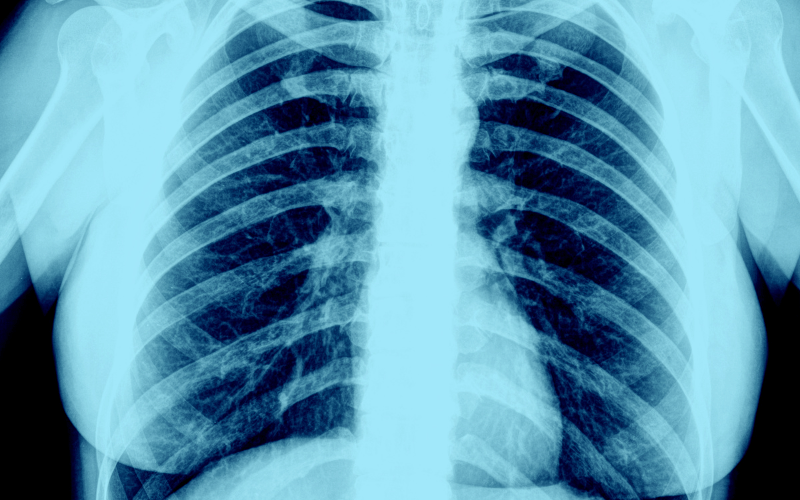Symptom 2: Increased Mucus Production

Increased mucus production is a hallmark of bronchiectasis. The airways in individuals with this condition produce a larger amount of mucus than normal, often thick and difficult to clear. This symptom stems from the chronic inflammation and damage within the bronchi, leading to an overproduction of mucus as a response to the irritation.
The excess mucus plays a central role in the pathology of bronchiectasis. It can block airways, reducing airflow and making breathing more difficult. Moreover, the mucus becomes a breeding ground for bacteria, leading to recurrent infections and further inflammation – a vicious cycle that exacerbates the disease.
The burden of constantly clearing thick mucus can be exhausting. It impacts daily activities, often requiring frequent breaks to cough up mucus, and can also lead to social embarrassment. This symptom significantly affects the quality of life, making even simple tasks daunting.
Treatment focuses on reducing mucus production and aiding its clearance from the lungs. Medications such as expectorants can help thin the mucus, making it easier to clear. Airway clearance techniques, as well as staying well-hydrated, are essential in managing this symptom. In some cases, antibiotics are prescribed to control infections that exacerbate mucus production.
Consistent management of increased mucus production is crucial in slowing the progression of bronchiectasis. It reduces the risk of infections and further lung damage, underscoring the importance of a diligent and tailored approach to symptom management. Regular follow-ups with healthcare providers ensure optimal control of this challenging symptom, enhancing lung health and overall well-being. (2)